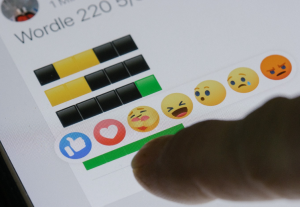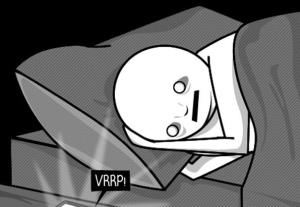- Behavioral Science, Customer Experience, Design, Usability, UX Education, UX Magazine
There are different ways participatory design can influence young people with cognitive disability. Read reflections on co-design methodology and ways it can help.
Article by Jacqueline Wechsler
Reflections: Co-Designing with Young People with Cognitive Disability
- In this article, Jax Wechsler, Principal Designer at Sticky Design Studio, shares:
- Facts about Young People with a cognitive disability that may be useful when working with this group
- Discussion and reflections about her methodological choices
- Things to know about Young People with cognitive disabilities:
- Ability levels can be very nuanced, every Young Person is different
- Life Tasting not Life Wasting!
- The level of advocacy of parents impacts experiences and opportunities for Young People with Cognitive Disabilities
- Social inclusion and relationships are keys to wellbeing
- Reflections on Co-Design Methodology:
-
- Recruitment is hard!
- Using referrals and ‘snowball sampling’
- It’s important to build rapport
- Understanding ability and research design
- Cultural probes/diary studies are gold
- Parents mediating participation
- Flexibility is key
- Value in participation
Share:Reflections: Co-Designing with Young People with Cognitive Disability
Share this link
- April 6, 2022
10 min read







